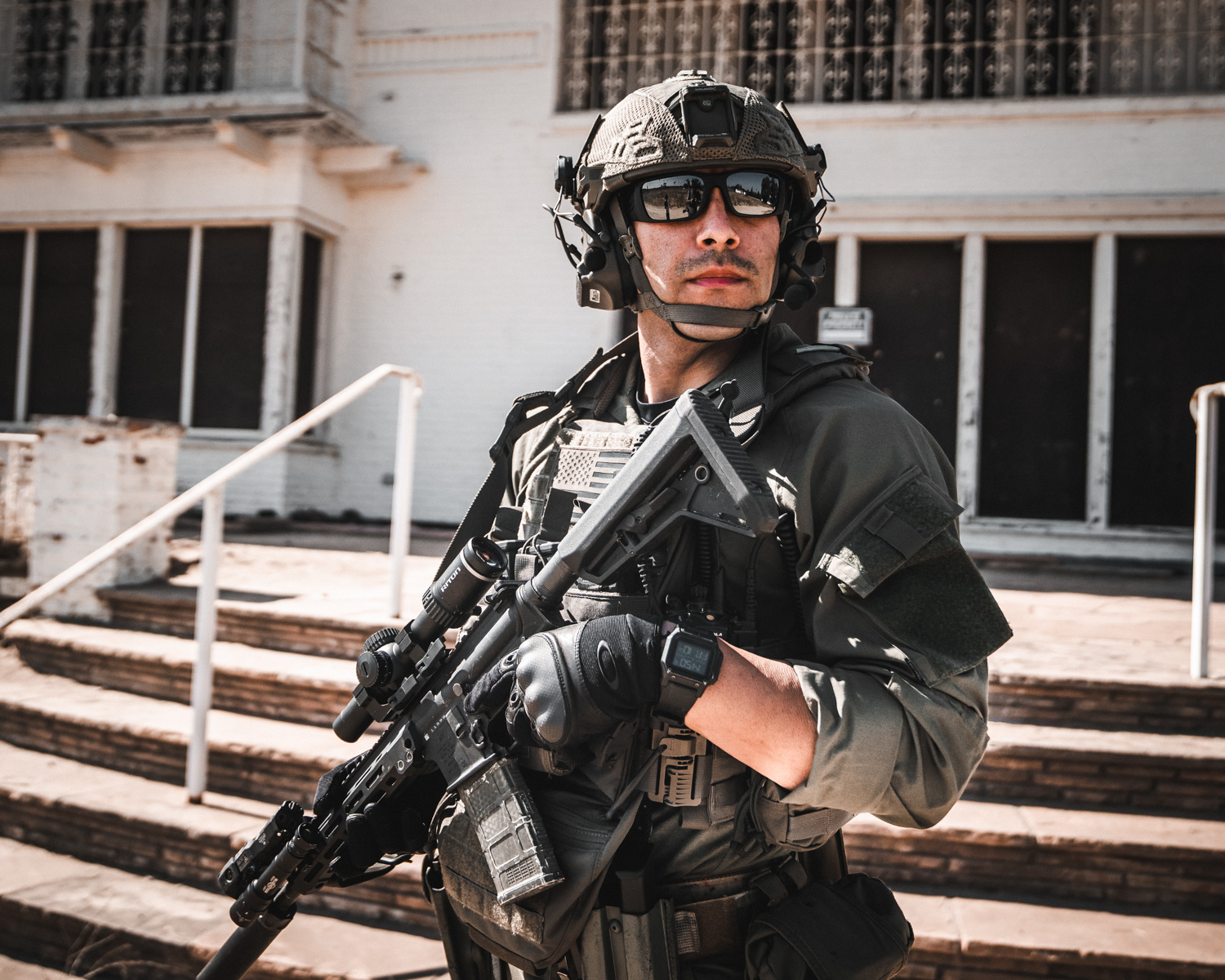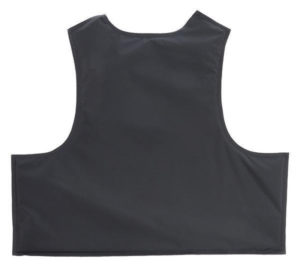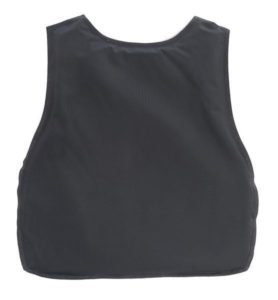Soft Armor’s Role in Urban Survival And Disasters

Personal protection has never been more critical, as unforeseen conditions such as natural disasters, civil disturbances, and urban crises are on the rise. Traditional disaster preparedness emphasizes the fundamentals of food, water, and medical supplies. Still, one significant piece of equipment commonly omitted is personal protective equipment, such as soft body armor. While most individuals consider body armor a tool of law enforcers or soldiers, it is increasingly becoming necessary in urban survival and disaster rescue kits among the population. Get your SA3920 Level IIIA Soft Armor and stay one step ahead of danger.
What is Soft Body Armor?
Soft body armor is primarily designed to provide ballistic protection against handgun rounds, without the weight and rigidity of hard armor plates. Soft armor differs from hard armor, which may consist of steel, ceramics, or composite materials. Soft armor is constructed using aramid fibers (such as Kevlar) and polyethylene, flexible and lightweight materials woven into multilayer systems to dissipate and absorb a bullet’s energy. This allows for required protection against various dangers without compromising comfort and mobility.
Key Features of Soft Armor

Soft body armor varies in composition, striking a balance between protective strength, flexibility, and comfort. The most salient features of soft armor include:
Lightweight Construction: Soft armor is significantly lighter than hard armor, allowing for long-duration wear without fatigue or hindrance to movement.
Flexibility: Soft body armor flexibility is ideal for applications where comfort, agility, and flexibility are highly important.
Concealability: Soft armor can be easily worn under clothes, protecting without being visible.
Multi-Hit Capability: High-quality soft armor can withstand more than a single shot from a handgun without becoming inoperable.
Water Resistance: Soft armor construction typically features a water-resistant outer cover to protect the ballistic material from adverse weather conditions.
The Role of Soft Armor in Disaster Preparedness and Urban Survival
After a natural disaster, the risk of encountering dangerous situations due to criminal activity, civil unrest, or structural failure could increase exponentially. Soft body armor could safeguard citizens by providing an added layer of security.
1. Protection from Gun Threats

In most city environments, particularly in cities with high threat levels of violence or civil unrest, you’re likely to face tactical firearms. Whether you’re fleeing a crisis, rescuing others, or crossing the disaster-affected area, having soft armor can be a lifesaver when protecting your crucial organs from handgun rounds. While the active shooter events and gun-related violence within some jurisdictions continue to escalate, soft armor is an investment that should be considered for protection against harm.
2. Enhancing Safety during Evacuation
Speed and agility are often the greatest concerns when evacuating or moving through a post-disaster area. Soft armor’s flexibility and lightweight nature permit its wearers to move quickly and respond to threats without being hindered by the weight of traditional armor slowing them down. When there is debris, collapsing buildings, or hostile assailants, the extra protection of soft armor can be a matter of life and death.
3. Aiding Emergency Responders and Volunteers
Emergency responders, first responders, and volunteers typically are the first to venture into hazardous conditions following a disaster. Soft body armor is a worthwhile form of protection that can be issued to safeguard individuals from unexpected attacks, such as gunfire or shrapnel. Where assistance may be far from on time, volunteers and local leaders should also prioritize wearing protective gear, such as soft armor, for their own safety while assisting.
In certain urban environments, violence is imminent at any given time, either in response to economic hardship, political unrest, or senseless violence. In such situations, soft armor can protect against handgun rounds that can be suddenly fired. The ability to protect vital organs, such as the heart, lungs, and torso, can be a deciding advantage when traveling through high-risk areas.
4. Being Mobile and Agile
Compared to heavy, outdated hard armor, soft body armor is lightweight and flexible. It enables greater mobility and the ability to remain agile in hazardous urban environments. Whether running to help a neighbor, seeking cover, or reaching safety, soft armor allows you to travel under your power while being protected. Agility and speed may be as important as protection in survival situations.
5. Assisting Community Leaders and Volunteers
Soft body armor is also necessary for community leaders, volunteers, or civilians trying to provide disaster relief in areas or threat-torn urban areas. These individuals can be put at risk for threats in locations not immediately accessible by conventional law enforcement. Soft armor enables those assisting others to do so with better protection.
The SA3920 Level IIIA Soft Armor: A Reliable Option for Disaster Preparedness
While selecting the right body armor for city or disaster survival, the SA3920 Level IIIA Soft Armor is the best choice. Manufactured by Chase Tactical, this soft armor has been designed to meet the demands of high-risk environments and provide adequate protection. Here’s why:
Protection Level and Certification
SA3920 offers Level IIIA protection, which can halt most handgun rounds, including .357 SIG and .44 Magnum—two of the most common and powerful handgun calibers. NIJ Certified to NIJ Standard 0101.06, the armor complies with the most up-to-date ballistic protection standards. SA3920 is also DEA and FBI compliant, meeting the stringent requirements of federal agencies.
Advanced Materials and Lightweight Design
One of the most striking things about the SA3920 is its construction. The armor features an innovative matrix system that combines top-grade PEUD Dyneema and proprietary woven aramid—two substances known for superior ballistic protection. The construction offers the perfect blend of protection and weight, offering exceptional protection without encumbering the wearer with the weight and bulk of hard armor. With a mere aerial weight of 0.86 psf and a thickness of 0.1595 inches, this lightweight armor is remarkably light and can be used for extended periods in emergencies.
Water Resistance and Durability
The SA3920 is also weather-resistant. It comes with a Sonobond sealed water-resistant RipStop cover, which protects the armor from water and environmental wear and tear. This is particularly important in disaster scenarios, where exposure to rain or water compromises the armor’s performance. The water resistance and durability package make the SA3920 a solid choice for violent outdoor environments.
Warranty and Long-Term Reliability
Chase Tactical supports the SA3920 with a 5-year warranty on the ballistic material for long-term use guarantee. The exterior cover material and workmanship are warranted for 1 year, demonstrating the manufacturer’s assurance of quality and reliability.
Conclusion
Soft body armor is a crucial component of urban survival and disaster preparedness. With its light, elastic protection against handgun fire, soft armor like the SA3920 Level IIIA Soft Armor allows individuals to traverse hostile terrain more safely and securely. Soft armor is a useful layer of protection for volunteer work, emergency response, or self-defense during times of uncertainty. Quality armor investment lets you be ready with the tools to survive even in the event of the unforeseen.
Frequently Asked Questions
Will soft body armor stop rifle rounds?
No, soft body armor is designed to resist handgun rounds. Hard armor plates must be worn for protection from rifle threats.
How do I maintain my soft body armor?
Inspect the armor regularly for wear and tear. Ensure the water-resistant cover is still in place, and store the armor in a cool, dry location when not in use.
How long do soft body armors last?
Usage and maintenance control the life of soft body armor. Generally, it can last 5 to 7 years, but regular inspection is necessary to keep it functional.

